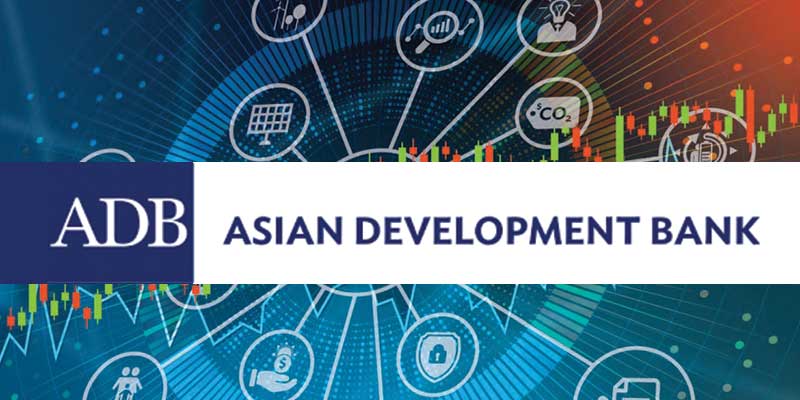- India
- May 05
Sitharaman attends 58th ADB Annual Meet in Milan
• Finance Minister Nirmala Sitharaman is leading the Indian delegation of officials from the Department of Economic Affairs at the 58th Annual Meeting of the Board of Governors of Asian Development Bank (ADB), being held in Milan, Italy, from May 4-7.
• The meetings will be attended by official delegations of the Board of Governors of ADB, official delegations of ADB members and international financial institutions.
• The finance minister will participate in the annual meeting's focal events like the Governors’ Business Session, Governor’s Plenary Session and as a panellist in the ADB Governors’ Seminar on ‘Cross-Border Collaboration for Future Resilience’.
• On the sidelines of the ADB’s 58th Annual Meeting, she will also hold bilateral meetings with finance ministers of Italy, Japan, and Bhutan, in addition to meetings with president of ADB, the president of the International Fund for Agricultural Development (IFAD), and the Governor of the Japan Bank for International Cooperation (JBIC).
Asian Development Bank
• The Asian Development Bank (ADB) envisions a prosperous, inclusive, resilient, and sustainable Asia and the Pacific, while sustaining its efforts to eradicate extreme poverty in the region.
• From 31 members at its establishment in 1966, ADB has grown to encompass 69 members — of which 50 are from within Asia and the Pacific and 19 outside.
• ADB assists its members, and partners, by providing loans, technical assistance, grants, and equity investments to promote social and economic development.
• ADB maximises the development impact of its assistance by facilitating policy dialogues, providing advisory services, and mobilising financial resources through co-financing operations that tap official, commercial, and export credit sources.
• Committed to pursue a differentiated approach for states at different stages of development, ADB prioritises projects on basic services, critical infrastructure and services, institutional strength, and private sector development through sovereign operations in low-income states.
• Support for more developed states focuses on transformational programmes with policy and knowledge advice, combined with non-sovereign operations.
History of ADB
• ADB was conceived in the early 1960s as a financial institution that would be Asian in character and foster economic growth and cooperation in one of the poorest regions in the world.
• A resolution passed at the first Ministerial Conference on Asian Economic Cooperation held by the United Nations Economic Commission for Asia and the Far East in 1963 set that vision on the way to becoming reality.
• The Philippines capital of Manila was chosen to host the new institution, which opened on December 19, 1966, with 31 members that came together to serve a predominantly agricultural region. Takeshi Watanabe from Japan was ADB’s first president.
ADB and India
• India was a founding member of ADB in 1966 and fourth largest shareholder.
• ADB started operations in India in 1986.
• As of December 31, 2024, ADB has committed 655 public sector loans, grants, and technical assistance totaling $59.5 billion to India. ADB’s current sovereign portfolio in India includes 78 loans worth $16.23 billion.
• ADB committed financing worth $4.25 billion for 21 projects in 2024 to support the government of India in catalysing robust, climate-resilient, and inclusive growth.
• ADB’s financing for mitigation and adaptation in the country tottaled $2.55 billion or about 60 per cent of the bank’s sovereign commitments in the country for the year.
• Over 38 per cent of committed financing in 2024 are expected to enable private sector development in India.
Manorama Yearbook app is now available on Google Play Store and iOS App Store


